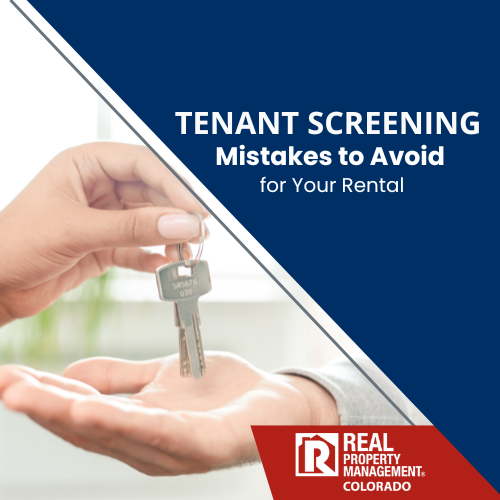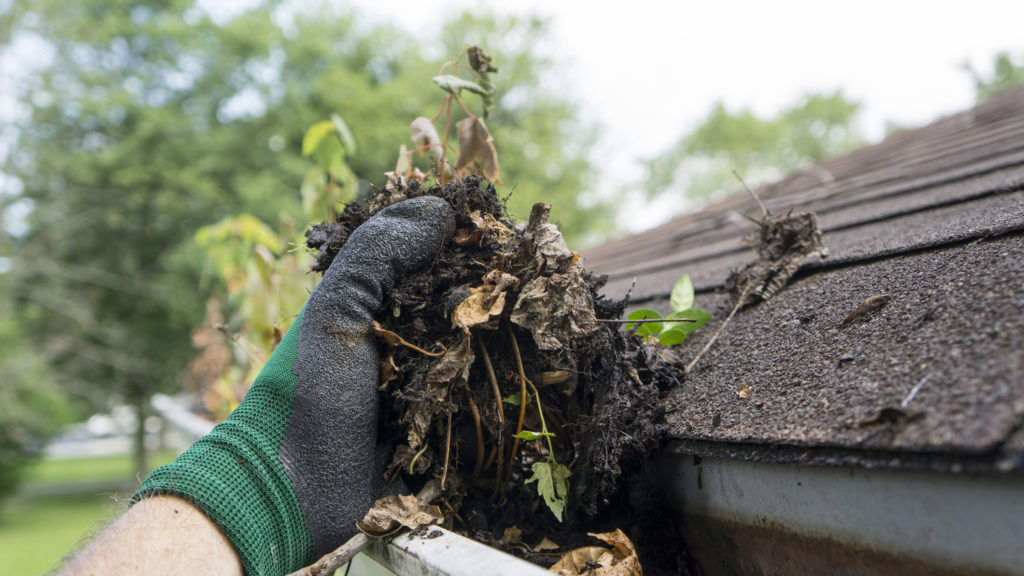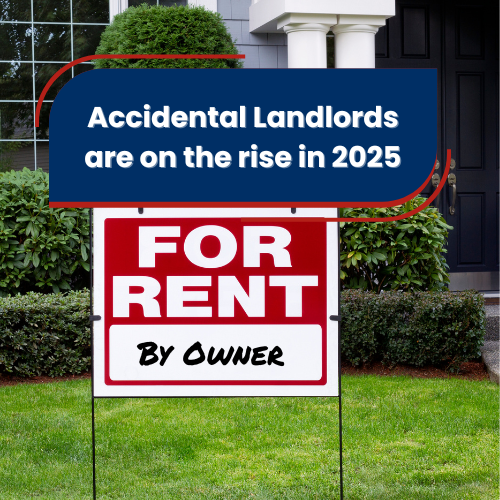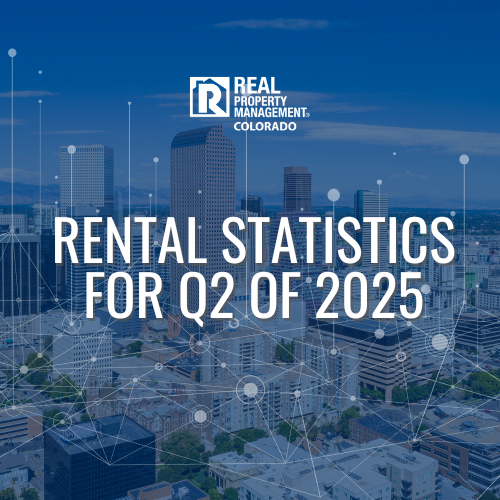Investing in real estate can be one of the most rewarding decisions you make—if you choose the right property. But how do you know whether your rental property was a smart buy or a costly mistake? Whether you’re a first-time investor or expanding your portfolio, here are some clear signs that indicate you bought the right rental property in Colorado Springs—and red flags that suggest you might have picked the wrong one.
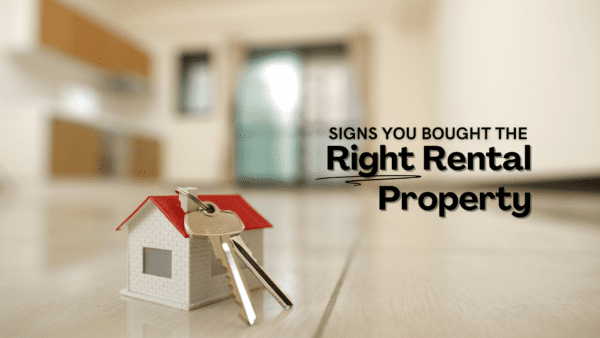
Signs You Bought the Right Rental Property in Colorado Springs
1) The Numbers Make Sense
Smooth and steady cash flow is always a positive sign when it comes to managing a rental property. We’re talking about a steady stream of income that covers your mortgage, taxes, insurance, maintenance, and any other expenses associated with managing the rental. And when you have some left over, that’s even better. This means that your investment works in your favor. The smart investor knows this and does their best to crunch the numbers before pulling the trigger to purchase the property. Make sure to compare mortgage/monthly rates against the current rental market by having a rental analysis done beforehand. Real Property Management Colorado offers this service for free! Simply contact us about completing a free rental analysis here to get started.
2) Low Vacancy Rate & Tenant Retention
Having a property that rents quickly and where tenants want to stay long-term provides a strong indicator that you made the right choice. Not only does it mean that you chose the right location, price, etc., but that you’re providing a service that encourages tenants to stay longer. In other words, you hit the rental property jackpot!
On the topic of tenant retention, another great sign you bought the right rental property in Colorado Springs is the quality of tenants themselves. Tenants who pay on time, take care of the property, and want to stay are all good signs. After all, they wouldn’t do their part and want to stay if they didn’t like the property.
3) Upwards Trends
Values across Colorado have steadily increased over the years, including in Colorado Springs. Having a rental property whose value continues to trend upwards boosts your long-term ROI, yet another indication of a solid investment.
4) Minimal Maintenance Issues
While you can’t avoid maintenance entirely, having a well-maintained property with minimal repair issues is another good sign of a profitable rental property in Colorado Springs. This requires work and effort, though. Keep up with preventative maintenance to keep systems running smoothly and catch issues before they come up. Complete upgrades and renovations as needed to stay on top of current trends and provide an attractive place people want to live in. After all, a well-maintained property creates less stress and greater profitability.
This is where property age should be taken into account. Newer properties, while not always, generally require less upkeep. The downside is they usually cost more upfront. Older properties come with a better price tag, but may require more maintenance if they weren’t well maintained or renovated recently. Make sure to adjust your budget accordingly and establish a maintenance plan no matter which route you end up going.
5) Prime Location
We’ve said it once and we’ll say it again: location matters in real estate. Having a rental property in a desirable location affects multiple areas of investment. Generally, your quality of tenant is higher, your days on market lower, and your overall return better. Convenience, neighborhoods, amenities, ease of travel, schools, etc. all combine together to create a considerable net of desirability, all of which directly affect the performance of your rental property. In Colorado Springs, having a property that’s close to any of the nearby military bases is a major bonus.
The best way to ensure you’re buying a rental property in the right location is to do your homework. Check the surrounding area for the number of available rentals and how much they’re going for. See what’s close by to the potential investment property. Then ask yourself the following questions:
- How long are these properties staying on the market?
- How many competitors (aka comparable properties) are in the area currently?
- What is close by, i.e. shopping, schools, employers, highways, public transport, etc.?
These questions can help paint a picture of the location itself and how well it’s doing based on current rental market trends.

Signs You Bought the Wrong Rental Property in Colorado Springs (and how to fix them)
1) Negative Cash Flow
It’s important to note that rental properties are a long-term investment. Prices go up and down as the market shifts, so don’t panic if things dip at any given time. That being said, if you’re consistently losing money month after month, year after year, you’re likely overleveraged, overpaying for repairs, or in a low-rent area. This is unsustainable long-term. While the solution might be to raise the rent, it’s important to note that you have to weigh that option against current trends in the market. Can you justify an increase? If not, it’s time to get creative. Consider seeing if you can adjust your insurance costs to cut down on expenses. Shop around and see what you can find without sacrificing necessary coverage.
2) Frequent Tenant Turnover and Increased Vacancy Periods
High turnover can mean your rental isn’t in a desirable location, is poorly managed, or has issues that make tenants leave early. Each vacancy costs you money. And when you add an increased days on market to that, it creates a lot of stress and frustration. Assess how often your tenants choose to vacate and ask them why they chose to do so. If their response is tied to something you can fix, make the effort to do so. Otherwise, consider other ways to attract qualified tenants through upgrading what you can, ensuring your property is priced competitively, and engaging in a robust and comprehensive advertising strategy.
Unreliable tenants also play into turnover issues. Frequent late payments, violations, property damage, evictions—you name it! All of these are indicators that your rental isn’t doing so hot, or that your screening process needs improvement. Make sure to establish a comprehensive tenant screening process and stick to it.
3) Major and Frequent Unexpected Repairs
Things break down. It’s just part of homeownership, both for your primary home and your rental. But when unexpected repairs hit back to back to back, creating a constant flow of needed and costly repairs, it could be a sign that your investment property wasn’t in the best condition when you bought it. Roof leaks, plumbing disasters, HVAC failures—you name it! Make sure to get a full picture of the condition before you choose to buy a property. Ask when the last time major structures/systems were replaced or serviced. Have a thorough inspection completed before purchasing, then request for needed repairs to be part of the deal.
As part of your budget strategy, establish a robust maintenance fund that you can contribute to regularly. This not only alleviates some of the burden when repairs are needed, but ensures that you’re financially able to meet that necessity in a timely manner without all the extra strain on your regular income.
4) Declining Trends
From property values to local businesses, keeping track of appreciation and neighborhood trends help provide valuable insight into the pulse of your location. If things seem to be on the decline with no upward predictions, it may be a good sign that the location your rental is in isn’t doing well. As location plays a huge part in the success or failure of your rental and isn’t necessarily something you can change, it’s important to thoroughly assess these things prior to buying. After all, you can’t just move your rental to a different location.
5) Hard to Manage
When we think of investing in rental properties, we often think of passive income. Meaning, we don’t need to invest a lot to gain a lot. But the reality is that managing a rental property well takes time and effort, even for the ones that are “easy” to manage. If your rental is excessively difficult to manage beyond what’s considered normal, it may be time to reassess your strategy. Is it hard to access, far from where you live, consumes a lot of time and energy, affects your mental well-being, or needs constant attention? Then your best solution is to hire a property manager to take all of that off your plate instead.
What to Do if You Bought the Wrong Property
Not every investment pans out perfectly. If you’re stuck with a rental that isn’t working, consider the following:
Reassess your strategy: Could a different rental model (e.g., short-term vs. long-term) help?
Renovate wisely: Cosmetic improvements can boost appeal and rentability.
Get help: Partnering with a property manager like Real Property Management Colorado can uncover solutions you haven’t considered.
And as a last resort, sell strategically: Sometimes the best move is to cut your losses and reinvest in a stronger property.
Success in real estate investing often comes down to the decisions you make before you sign the contract. But if you already own a property, reviewing these signs can help you assess where you stand—and what steps to take next.
Buying the right investment property isn’t just about the numbers. It’s about location, tenant appeal, condition, and long-term strategy. Get those right, and you’re well on your way to building lasting wealth through your rental property in Colorado Springs.


